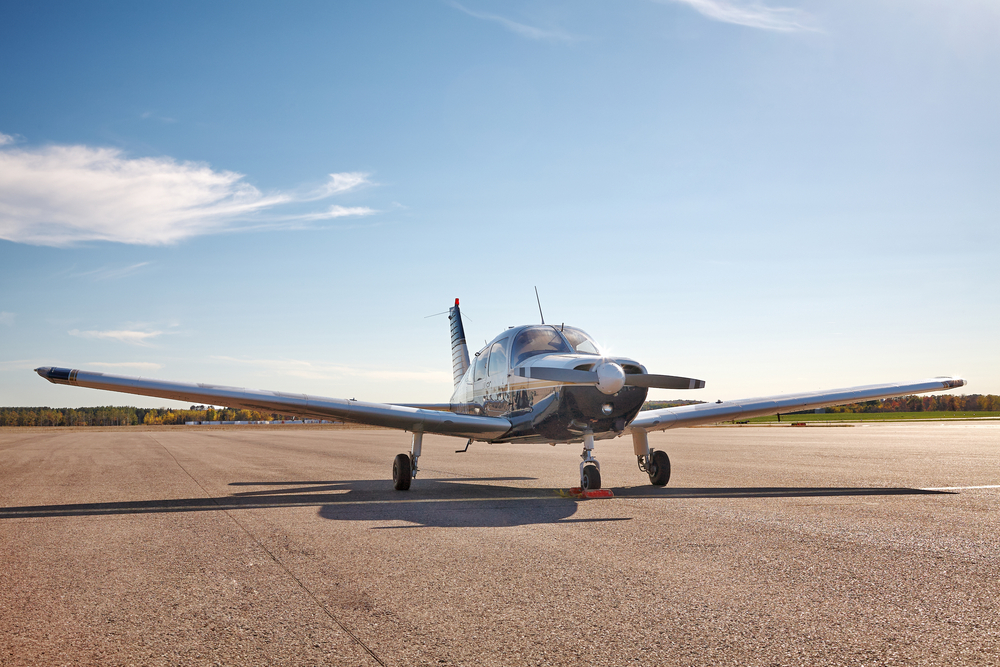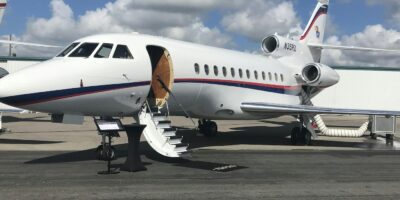Flying at night’s different. Cool, smooth air, amazing views, way less traffic. But it requires specific training and currency. Here’s what you need to legally and safely fly after sunset.
Quick Answer: Private pilots can fly at night after completing 3 hours night training (including 10 takeoffs/landings and one night cross-country) during initial training. No separate endorsement required. To carry passengers at night, you need 3 full-stop night landings within preceding 90 days – this is currency, not an endorsement. Night is defined as 1 hour after sunset to 1 hour before sunrise. Most pilots find night flying easier (less traffic, smoother air) once they’re comfortable with it, but requires different visual references and emergency planning.
Night Training Requirements
Private pilot training includes minimum 3 hours night flight:
– 10 takeoffs and landings to full stop
– One night cross-country flight over 100 nm total distance
That’s part of your private certificate training – you don’t get a separate night endorsement. Once you have your private, you can fly at night legally.
Night Currency
To carry passengers at night, you must complete 3 takeoffs and landings to full stop within the preceding 90 days, during the period beginning 1 hour after sunset and ending 1 hour before sunrise.
This is separate from day currency (which requires 3 takeoffs/landings in 90 days anytime). You need BOTH day and night currency to carry passengers at night.
Example: If you haven’t flown at night in 4 months, you can fly solo at night legally, but you can’t carry passengers until you do 3 full-stop night landings.
What’s Different About Night Flying
Visibility’s worse – you can’t see clouds, terrain, or other aircraft as easily. Weather that’s marginal VFR in daytime becomes IMC at night. Be conservative.
Depth perception changes without ground reference. Judging altitude on approach is harder – use VASI/PAPI lights religiously.
No off-airport landing options if the engine quits. Daytime you can pick a field, nighttime it’s basically all dark. Stay within gliding distance of airports when practical.
Illusions happen – black hole approach, false horizons, autokinesis (staring at one light makes it appear to move). Know about them, don’t let them mess with you.
On the plus side: Less traffic, smoother air (usually), ATC is less busy, flight following is easier to get. Plus it’s beautiful up there at night.
Equipment
Aircraft must have:
– Position lights (red/green/white nav lights)
– Anti-collision light (beacon or strobes)
– Landing light (if for hire, also required for private ops practically)
– Electrical system adequate to power all required equipment
– Spare fuses
Plus carry a flashlight – you’ll need it for preflight and cockpit. Red light preserves night vision better than white.
Staying Safe
Do thorough preflight – harder to spot issues in dark. Check all lights work.
Get good weather briefing – clouds and visibility are way harder to judge at night.
File flight plan or use flight following – if something goes wrong, you want ATC aware.
Stay higher – gives you more options if engine quits.
Avoid marginal weather – scud running at night is suicide.
Keep proficient – fly at night regularly or you’ll get rusty fast.


Leave a Reply